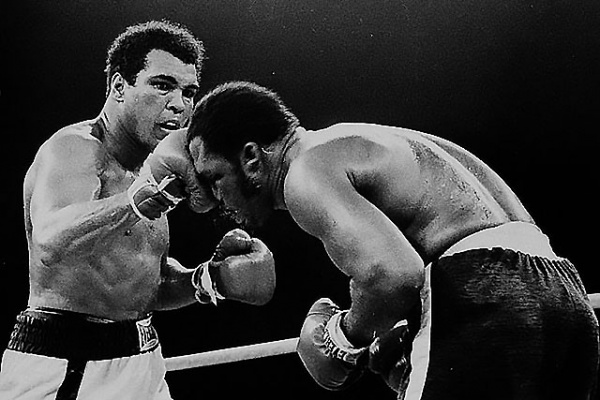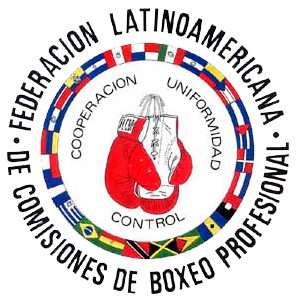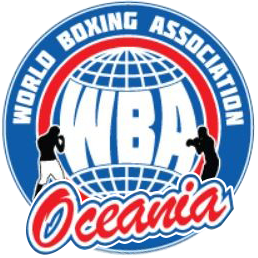Last Saturday the 1st marked the 47th anniversary of what has been considered by most experts as the most savage, brutal and dramatic fight in the heavyweight history, between the immortal Muhammad Ali and Joe “Smokin” Frazier, who went 14 rounds, exactly 42 minutes, in a fierce and fast-paced battle for the WBA and WBC belts held by the former.
In 1974 in Manila, a virtually dying challenger had no more strength to get up from the stool shortly before the bell rang for the opponents to continue in the exchange of blows, in a packed Araneta Gymnasium in Quezon City, Manila, Philippines, overflowed by a little more than 25,000 expectant spectators.
Ali, the winner of the epic bout, came within seconds of surrendering a few seconds before Frazier. He didn’t (he told his corner that he was quitting, that he couldn’t take it anymore), because his clever trainer, Angelo Dundee, noticed that things were not going well in Frazier’s corner and ordered Ali to get up when the bell rang for the final round, the 15th, and walk to the center of the ring. He didn’t have to as just 20 seconds before the gong sounded Frazier’s top assistant, Eddie Futch, called Filipino referee Carlos Padilla and told him that his fighter was in no condition to continue. The result was recorded as KOT14.
1-1 IN NEW YORK
When they met on March 8, 1971 for the first of their three fights, they were both coming off Olympic heavyweight gold medalists, Ali in Rome-60 when the world knew him as Cassius Marcellus Clay, and Frazier in Tokyo-64.
They were undefeated professionally. That NY fight, as well as the two that followed, was emotional because of the coincidence of styles, which matched. Frazier was the fire, the one who attacked without taking a breath; Ali, on his side, at times “hid” in the ropes and in the corners, fled to the corners or sought control of the center of the ring.
The restless fight seemed to end in the 15th when Frazier threw his fearsome left hook that exploded on Ali’s chin. The latter collapsed face first into the lights, but still, staring blankly, battered and dazed, he rose to his feet and managed to hear the closing bell. Then the announcer offered the judges’ verdict. By the old round-by-round scoring system referee Arthur Mercante gave 6 wins, 8 losses and 1 draw, Artie Aldala recorded 6-9 and Bill Recht recorded an inattentive 4-11, all in favor of the defending champion, Joe Frazier.
They met again in the ring on January 28, 1974 at the same New York venue. There were no belts at stake and the Muslim managed to impose his defensive skills to Frazier’s incessant attacks in the 12 rounds and did enough merits to take revenge by DU 6-5, 7-4 and 8-4.
SUSPENSE AND ALI’S APOTHEOSIS
The fight that prompted this article was organized by Don King, also promoter of the Zaire fight the previous year in which Ali regained his heavyweight throne against George Foreman.
King named the fight Thrilla in Manila. It was a promotional hit. We have watched boxing for more than half a century, thousands of fights in that time, and by God we have never before, or since, witnessed anything like it on TV or on site. It seemed impossible that the two men could endure so much and such terrible punishment from both sides without a clear advantage for either side, with Frazier bleeding, with his right eye closed since the tenth, and Ali, forced to fight counterpunching and also with his right eye swollen.
A murmur that would later become deafening (Ali enjoyed the favor of the majority), erupted from the more than 25 thousand throats when Frazier finally put down his weapons at the sound of the bell that called for round 15. When it was all over, the card of each judge (referee Padilla, Hilario (Larry) Mardayag and Alfredo Quiazon, all locals) had the champion ahead 66-60, 66-62 and 67-62, respectively.
It is a true story that on his way to the dressing room an exhausted Muhammad Ali muttered as he passed by the reporters in the technical area something like “this has been the closest thing to death. I’ve never been so close to death,” words he would repeat a few hours later, dressed in a tuxedo, at a celebratory meeting for the event called by the Philippine president at the time, Ferdinand Marcos.

















